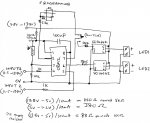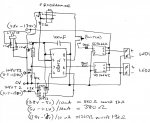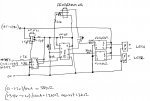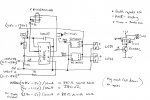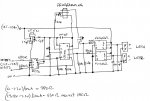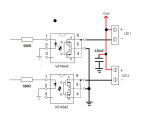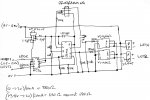i have attached the circuit diagram and needed some help to make sure the circuit was right before building it.
circuit will be powered from a regulated 13.8v power supply and i was wondering do i need to use a regulater to power
the PIC or will a simple resistor to lower the voltage do or a some type of voltage dividers.
also was wondering what is the best way to calibrate the LDR to activate when it is going dark.
also will i need any pull down resistors on the input as the signal wire will be long, about 8meters.
Thanks for the help in advanced.
circuit will be powered from a regulated 13.8v power supply and i was wondering do i need to use a regulater to power
the PIC or will a simple resistor to lower the voltage do or a some type of voltage dividers.
also was wondering what is the best way to calibrate the LDR to activate when it is going dark.
also will i need any pull down resistors on the input as the signal wire will be long, about 8meters.
Thanks for the help in advanced.
Attachments
-
235.1 KB Views: 62

